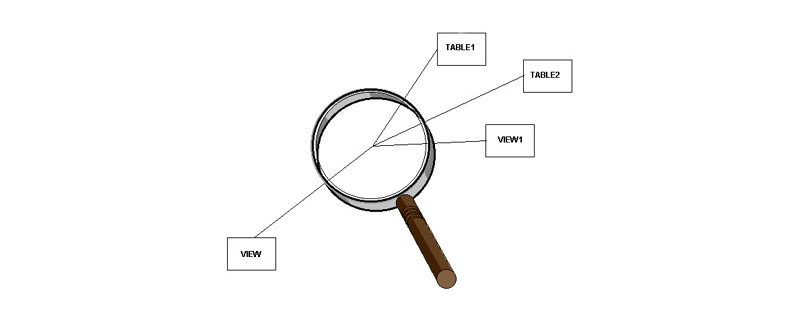Java中常見的異常包括NULLpointerexception、arrayindexoutofboundsexception、classcastexception、arithmeticexception和filenotfoundexception。1. nullpointerexception:檢查對象是否為null或使用optional類處理。2. arrayindexoutofboundsexception:確保索引在有效范圍內,使用數組的Length屬性。3. classcastexception:使用instanceof運算符檢查類型,或使用泛型。4. arithmeticexception:檢查除數是否為零,使用try-catch塊處理。5. filenotfoundexception:檢查文件是否存在,使用try-catch塊處理。

在Java編程中,異常處理是一個關鍵的概念,它幫助我們編寫更加健壯和可靠的代碼。異常是程序在運行過程中發生的異常情況,可以是由于用戶輸入錯誤、文件未找到、網絡連接失敗等多種原因引起的。讓我們深入探討一下Java中常見的異常類型、它們的案例以及如何解決這些異常。
首先要明白,Java中的異常分為兩大類:Checked Exception和Unchecked Exception。前者需要在代碼中顯式處理或聲明,后者則不需要。了解這兩種異常的區別對于編寫高效的異常處理代碼至關重要。
讓我們從幾個常見的異常案例開始:
立即學習“Java免費學習筆記(深入)”;
NullPointerException
NullPointerException可能是Java開發者最常遇到的問題之一。當試圖訪問一個null對象的屬性或方法時,就會發生這種異常。
String str = null; System.out.println(str.length()); // 會拋出NullPointerException
解決方法:
- 確保在使用對象之前檢查其是否為null。
- 使用Optional類來處理可能為null的值,這在Java 8及以后的版本中非常有用。
String str = null; if (str != null) { System.out.println(str.length()); } // 或者使用Optional Optional.ofNullable(str).ifPresent(s -> System.out.println(s.length()));
ArrayIndexOutOfBoundsException
當嘗試訪問數組中不存在的索引時,會拋出ArrayIndexOutOfBoundsException。
int[] arr = new int[5]; System.out.println(arr[5]); // 會拋出ArrayIndexOutOfBoundsException
解決方法:
- 在訪問數組元素之前,確保索引在有效范圍內。
- 使用數組的length屬性來檢查索引是否越界。
int[] arr = new int[5]; if (arr.length > 5) { System.out.println(arr[5]); }
ClassCastException
當試圖將對象強制轉換為不兼容的類型時,會拋出ClassCastException。
Object obj = "Hello"; Integer num = (Integer) obj; // 會拋出ClassCastException
解決方法:
- 在進行類型轉換之前,使用instanceof運算符來檢查對象是否是目標類型的實例。
- 如果可能,考慮使用泛型來避免不必要的類型轉換。
Object obj = "Hello"; if (obj instanceof String) { String str = (String) obj; System.out.println(str); }
ArithmeticException
當執行算術運算時,如果發生非法操作(如除以零),會拋出ArithmeticException。
int a = 10; int b = 0; int result = a / b; // 會拋出ArithmeticException
解決方法:
- 在進行除法運算之前,檢查除數是否為零。
- 考慮使用try-catch塊來捕獲和處理此類異常。
int a = 10; int b = 0; if (b != 0) { int result = a / b; System.out.println(result); } else { System.out.println("除數不能為零"); }
FileNotFoundException
當試圖打開一個不存在的文件時,會拋出FileNotFoundException。
File file = new File("nonexistent.txt"); FileInputStream fis = new FileInputStream(file); // 會拋出FileNotFoundException
解決方法:
- 在嘗試打開文件之前,檢查文件是否存在。
- 使用try-catch塊來捕獲和處理此類異常。
File file = new File("nonexistent.txt"); if (file.exists()) { try { FileInputStream fis = new FileInputStream(file); // 處理文件 } catch (IOException e) { e.printStackTrace(); } } else { System.out.println("文件不存在"); }
在實際開發中,異常處理的策略可能因項目而異。有些人喜歡使用try-catch塊來捕獲所有可能的異常,而另一些人則更傾向于在代碼中顯式地檢查和處理異常。無論選擇哪種方法,都要確保代碼的可讀性和可維護性。
在處理異常時,還需要考慮性能問題。頻繁地拋出和捕獲異常可能會對程序的性能產生負面影響。因此,在設計異常處理策略時,需要在健壯性和性能之間找到平衡。
總的來說,理解和正確處理Java中的異常是編寫高質量代碼的關鍵。通過學習和實踐,你將能夠更有效地處理各種異常情況,提高代碼的健壯性和可靠性。



















